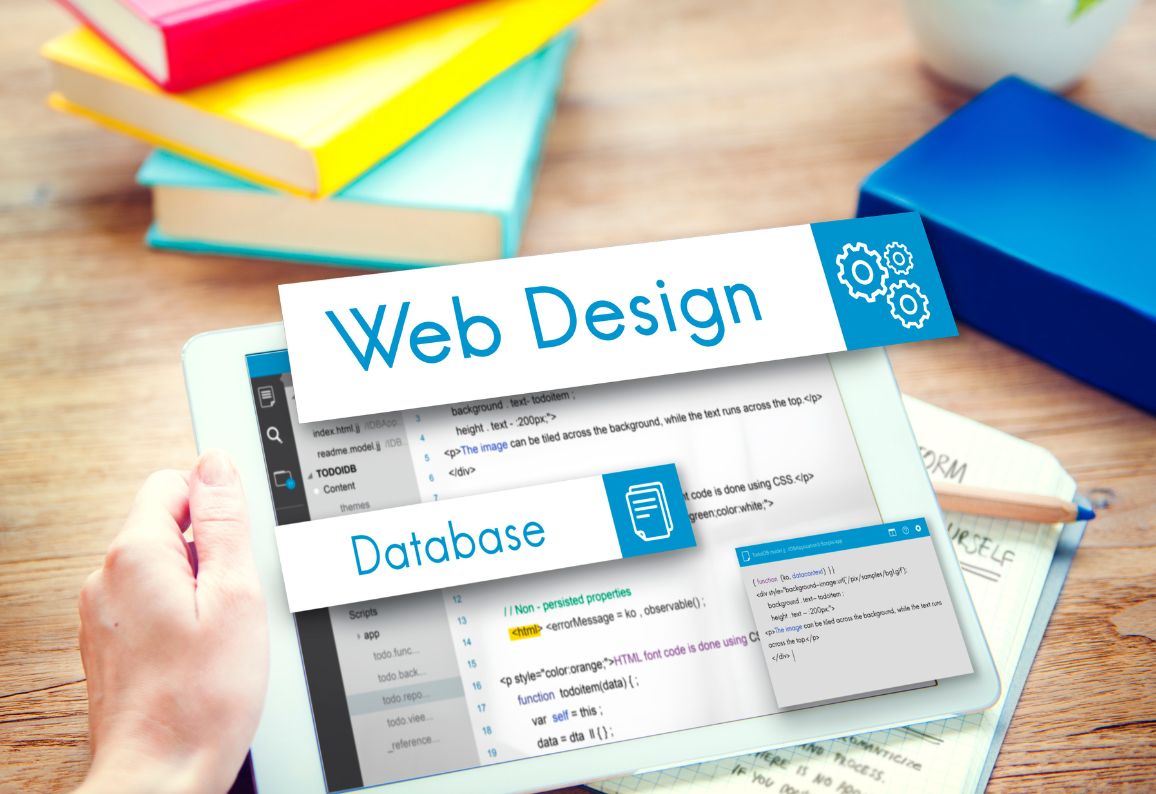In the digital age, a welldesigned website is more than just an online presence; it’s a gateway to your brand, a tool to attract customers, and a platform to showcase your expertise. Website designing involves creating visually appealing, userfriendly, and functional websites that align with the goals of a business.
What is Website Designing?
Website designing refers to the process of planning, conceptualizing, and arranging content intended for the internet. It combines elements of graphic design, user interface (UI) design, user experience (UX) design, and web development to create a cohesive and interactive digital space.
A good website design:
Captures attention within seconds.
Provides seamless navigation.
Ensures responsiveness across devices.
Follows search engine optimization (SEO) principles.
Key Components of Website Designing
1. User Interface (UI):
The UI defines the layout and visual elements of a website. It includes:
Buttons, menus, and sliders.
Fonts, color schemes, and images.
Interactive elements like hover effects.
2. User Experience (UX):
UX focuses on how users interact with the website. It ensures:
Smooth navigation.
Logical flow of information.
Intuitive design for a positive experience.
3. Responsiveness:
With mobile devices dominating web traffic, websites must be responsive. A responsive design adapts seamlessly to different screen sizes and resolutions.
4. Content:
Quality content is essential for engagement. Ensure:
Informative, concise, and actionable text.
Highquality visuals, videos, and infographics.
5. CalltoAction (CTA):
Effective CTAs like "Buy Now," "Subscribe," or "Contact Us" guide users toward desired actions.
6. Loading Speed:
A slow website can deter visitors. Optimize images, use caching, and minimize code to enhance speed.
Steps to Design a Website
1. Define Your Goals:
Understand the purpose of your website. Is it for selling products, sharing information, or building a portfolio?
2. Research and Plan:
Analyze your target audience, competitors, and industry trends. Sketch wireframes or prototypes for a structured approach.
3. Choose a Platform:
Platforms like WordPress, Wix, or Shopify offer tools for easy website creation. For custom designs, HTML, CSS, and JavaScript are essential.
4. Design Layout:
Create a layout that reflects your brand. Use grids for alignment and ensure consistency in design elements.
5. Develop the Website:
Convert your design into a functional website using coding or website builders. Test features like forms, links, and animations.
6. Optimize for SEO:
Use meta tags, keywords, and alt texts to enhance search engine visibility. Prioritize userfriendly URLs and fast loading times.
7. Test and Launch:
Test the website for compatibility, performance, and security before launching it.
Best Tools for Website Designing
1. Adobe XD: For UI/UX design.
2. Figma: Collaborative design and prototyping.
3. Canva: For creating graphics.
4. WordPress: Popular CMS for building websites.
5. Bootstrap: Framework for responsive design.
6. Google Analytics: For tracking performance.
Best Practices for Website Designing
1. Minimalistic Design:
Avoid clutter and focus on simplicity.
2. MobileFirst Approach:
Prioritize mobile responsiveness in the design process.
3. Consistent Branding:
Use the same colors, fonts, and logos across all pages.
4. Accessibility:
Ensure the website is accessible to people with disabilities.
5. Secure Connection:
Use HTTPS to protect user data.
Trending Keywords for Website Designing
Primary Keywords:
Website designing services.
Responsive web design.
Custom website design.
Secondary Keywords:
UI/UX design trends.
Mobilefriendly websites.
Best website designing tools.
LongTail Keywords:
Affordable website designing for small businesses.
How to create a fastloading website.
Importance of SEO in website designing.
Future Trends in Website Designing
1. Dark Mode Designs:
Eyefriendly and energysaving themes.
2. Voice User Interfaces (VUI):
Websites optimized for voice commands.
3. AIPowered Personalization:
Customizing user experiences using artificial intelligence.
4. Augmented Reality (AR) Integration:
AR for interactive product displays.
5. Motion Design:
Incorporating animations and transitions for better engagement.
Conclusion
Website designing is both an art and a science that requires creativity and technical expertise. A welldesigned website not only attracts visitors but also converts them into loyal customers. By staying updated with the latest trends, using the right tools, and implementing SEO strategies, you can create a website that stands out in the competitive digital landscape.







